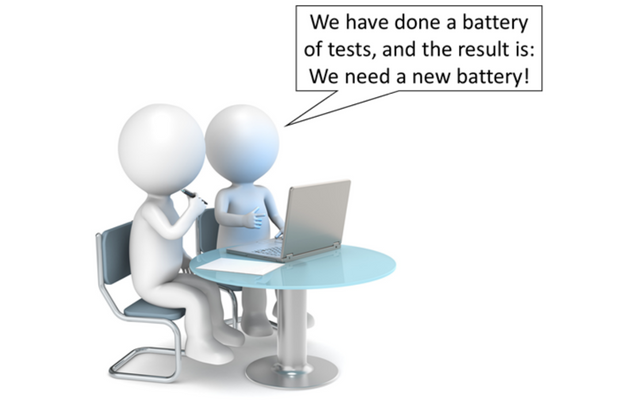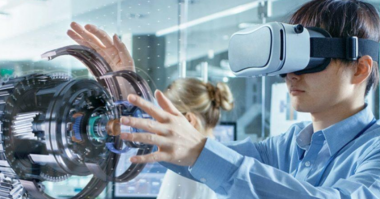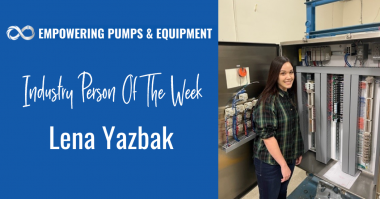Author: Henri Azibert
With so many advances in computer simulation, there are times when people question whether physical testing is needed. Physical testing is costly and time consuming, so relying on analysis and computation would seem to be the best option. The ability to model and analyze physical systems has progressed so much in recent years that the decision to conduct an actual physical test is often superfluous.
Between Finite Element Analysis and Computational Fluid Dynamics, mechanical and fluid systems behavior can be predicted with such accuracy that actual testing can end up being nothing more than a drain of resources and a waste of money. The proponent of conducting a test is at times derided and faced with the argument that such an anachronistic practice should be relegated to the history books. However, in many cases that would be a mistake. Before we zoom off to virtual space, let’s ask ourselves if it is always a wise decision.
Although computer-generated results can be very convincing, especially with values given with up to ten decimal places, they can sometimes be misleading. Any analysis method should be verified through experiments to validate the data. Boundary conditions and fluid or mechanical properties must be given as inputs, and switching a couple numbers or making the wrong assumption is still a possibility of human imperfection. Verification is always essential. Assuming the simulation was perfectly accurate, there are still many reasons to conduct physical testing.
Testing will require that parts be made, assembled, installed and operated under specific conditions. And one way or another, much can go wrong in that journey. The manufacturing process itself needs to be validated as what may look perfectly convincing on a screen cannot always be “turned” into an actual part. The manufacture or procurement may not go as planned. An off-nominal dimension could have a significant impact on performance. The subsystem that was sourced from a reliable supplier might just have been upgraded without warning, and the improvements are not compatible with the design. Or it could be that twelve fingers are needed to assemble three parts in one motion. Maybe the installation on the test fixture requires undue force. Differential thermal expansion may not have been taken into account, or the wrench required to fasten the parts does not have enough clearance. These are just a few of the problems that the simulation could have missed, and that physical testing will uncover.
Somehow reality does not overlook details, derailments, variations or surprises! Relying on reality does have its advantages.
Of course, there are also times when physical testing is indeed a complete waste of money. When the quality or manufacturing manager requests that a part that does not meet the specifications be tested to prove that it does not work or that tolerances should be relaxed – that is a waste of money. Not so much because the part may not actually work, but because having to test all the potential off-design conditions is a process that leads to waste. There are more ways to ruin a part than is imaginable; getting it right is the difficult and beneficial part. Testing is useful to prove that something will work, not that there are innumerable variations that will, or most likely, will not work.
When a new regime comes in, we might hear platitudes such as “you should never say never”, or that the brilliant proposed idea is dismissed because of the NIH (not invented here) syndrome. Stating that “we tried it before and it did not work” is declared to be the inability to look at a problem with a fresh approach. Well! If it was tried before, and there is no new intervening change or development, it still will not work. We have yet to experience that the laws of physics can change with new management.
There are also cases when testing is simply not feasible. The equipment is too large, or the necessary conditions cannot be replicated without substantial safety concerns. It does not mean that the situation should be approached blindly, though. Scaled models or sub systems can be tested. Conditions with similar physical properties can be used to validate performance in the eventual service. A stepped approach is often used as well. Incremental changes from previous experience can be used to predict performance in an expanded system or equipment. It is important to eliminate as many unknowns as possible.
Although physical testing is not always required, it is most often a good idea, and knowing when it is necessary is the mark of great engineering skill.
Read more articles from Henri Azibert!





Comments